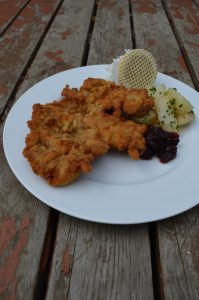
Subtitle: The Subtle Art of Hitting Meat with a Hammer
Long before I knew anything about European cuisine, I was familiar with the term Wiener Schnitzel. Well, sort of. My mom baked us frozen “Wiener schnitzel” from M & M Meat Shop every once in a while. But I didn’t know that Wiener means “from Wien”, or that Wien is the actual name of the city English-speakers call Vienna. I also didn’t know that “schnitzel” is related to the word schnitte, which means “slice.” Wiener Schnitzel is a piece of veal, traditionally from the leg, pounded out with a mallet, breaded, and fried.
I love veal, but I almost never have it in my house. It’s hard to come … Continue reading.
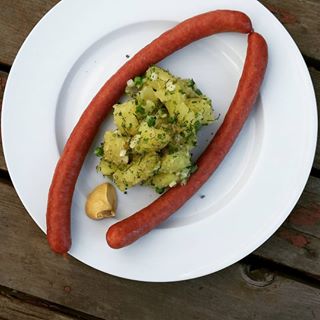
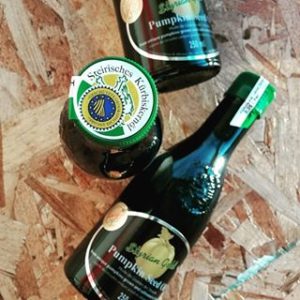
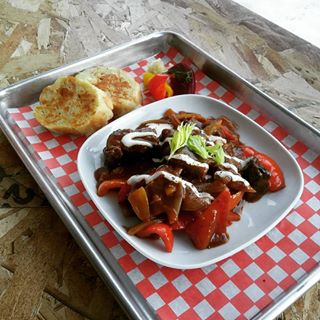 Goualsh is a beef stew originally from Hungary but eaten all over Central Europe. It is the kind of preparation that Europeans will fight to the death over. Matters like whether it is properly called a stew or a soup, whether it contains tomatoes, or potatoes, or what starch it is served with (if any) often become violent. It is estimated that 12 Europeans are killed every year in goulash-related arguments.[1]
Goualsh is a beef stew originally from Hungary but eaten all over Central Europe. It is the kind of preparation that Europeans will fight to the death over. Matters like whether it is properly called a stew or a soup, whether it contains tomatoes, or potatoes, or what starch it is served with (if any) often become violent. It is estimated that 12 Europeans are killed every year in goulash-related arguments.[1]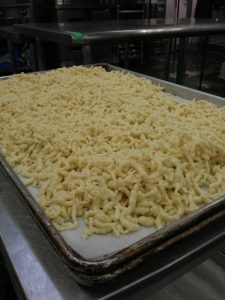
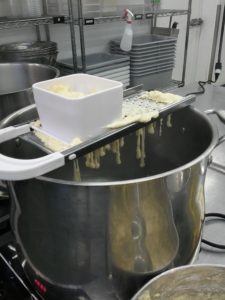
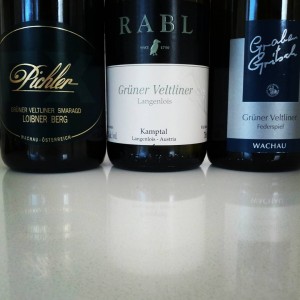
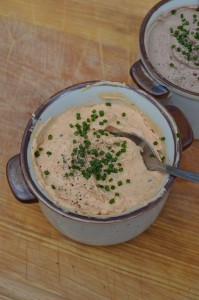
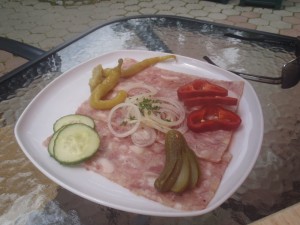
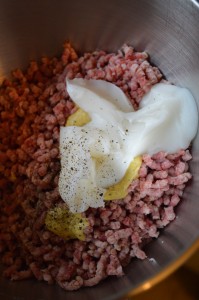
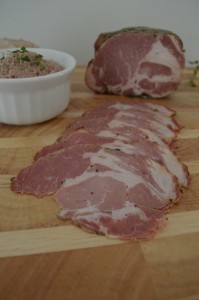 All the food at a Heuriger is served cold, and meat is typically cured. Schweinsbraten at a Heuriger is cured, like ham. What makes this particular ham so special is the cut of meat it is made from: the Schopf.
All the food at a Heuriger is served cold, and meat is typically cured. Schweinsbraten at a Heuriger is cured, like ham. What makes this particular ham so special is the cut of meat it is made from: the Schopf.